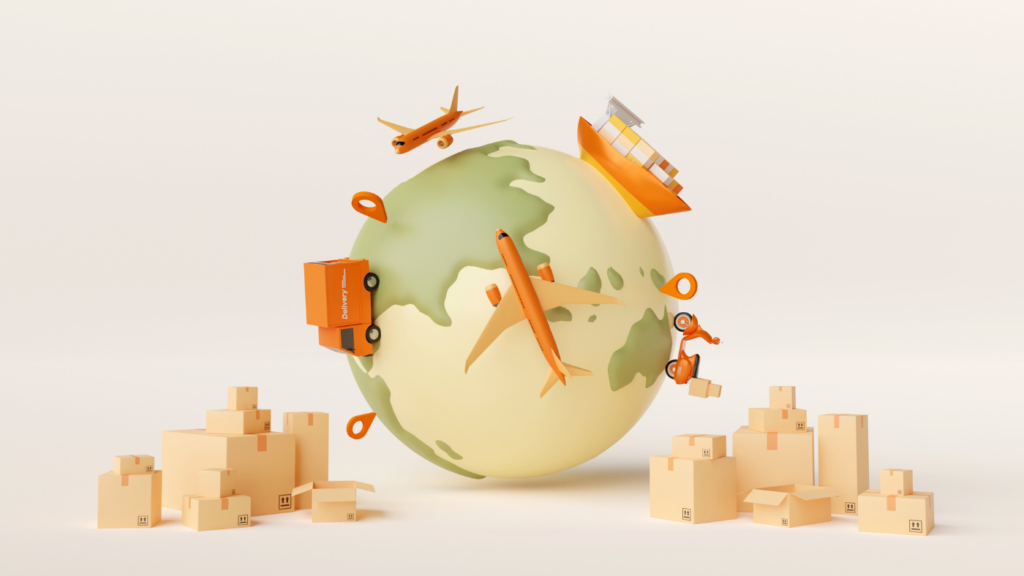In this post we will be discussing the need for translation in an international market. As the world becomes increasingly interconnected, it is becoming more and more necessary to have your business accessible in a variety of languages. Imagine going to browse a website only to find that you can’t find the information you need because it’s not in your language – it would be pretty frustrating!
If you want to send your business into the international sphere, you need to be able to appeal to an international audience, but there is no such thing as an international language. You can’t assume that your clients will understand English. Nor can you expect your customers to put all of the information they need into online translation software. Often it won’t be accurate and will create a barrier between you and your clientele.
In the sales process, you want to avoid creating obstacles between your customers and their products.
So where do I start?
Once you’ve established your target market country, your best bet is to contact a translation or localisation agency to ask them to work with you to produce the most accurate and appropriate webpage in the target language.
This of course, costs money, so it is important to weigh up the risk vs. benefits of this investment. There are ways to mitigate the cost too: for example, common website features, like a page to check out a purchase, use similar, if not the same language. In some cases, this is a potential candidate for machine translation, which is often cheaper. Machine translation, however, won’t quite cover all situations.

So when can’t I use MT?
Machine translation can’t take into account the context of the translations – see our post on this here. In addition, most machine translation software doesn’t account for regional language variants. For languages like Spanish where there are such a wide range of dialects across the globe, the language will need to be translated differently for each as different terminology is used.
To summarise, having your website and products translated into the target language can improve international connections and give your customers a better impression – after all, if the customers can see the effort you put into making the website easy for them to use, they are much more likely to have a better impression of your business.
Follow us on Twitter, Facebook and LinkedIn for more translation updates and news!
29 August 2024 15:28
